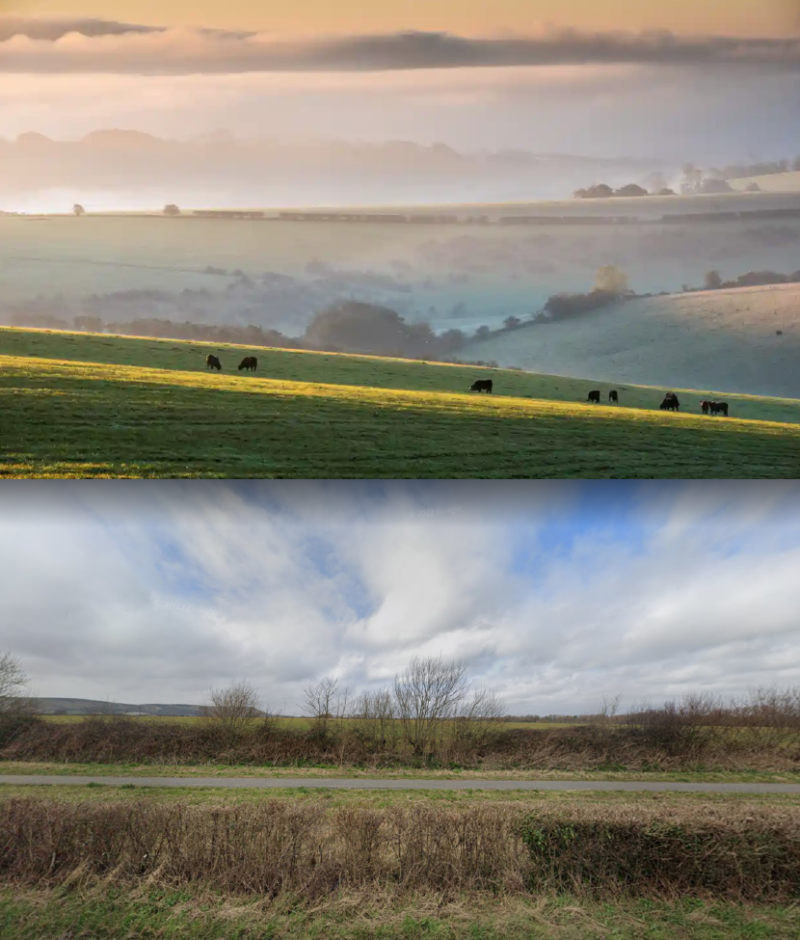Master of Architecture
Master of Architecture-Studio 1: Rural Revolution

“We decided to focus on the 98% of the Earth’s surface that is not occupied by cities,” says Koolhaas, casually, as if the prospect were like any other design brief. “At a certain point, the UN declared that half of mankind is now living in cities, since when there has been an avalanche of books and biennales talking only about cities. As a result, there is an enormous deficit in understanding what is happening in the countryside, which is where the truly radical changes are taking place.”
(Rem Koolhaas interviewed by Oliver Wainwright, The Guardian, 11 February 2020).
The rural realm has been used as the ‘peripheral service centre’ for our cities. It quite literally feeds our urban lifestyles in all kinds of ways, from agriculture to distribution, to energy production, resource extraction, leisure, tourism…; then it takes our waste and cleans our water. Although the countryside has often been painted as an opposite to urban areas, deep-routed connections between urban and rural areas have always existed, and if anything, have intensified. Many rural areas have seen dramatic changes over the last decades, from new agricultural systems to energy production, to logistics and distribution, to the painful evidence of climate change. Despite this, the architectural and urban debate has been urban-centric for many decades and has only recently turned its attention towards the rural realm. With the focus being on urban environments in both policy and public funding, the rural realm has largely been left to cope and deal with its own change and challenges, often on a regional or even local level. The countryside, a term usually reserved for the quainter and more desirable parts of the rural realm, has served as a projective ground for powerful narratives. It has been used to romanticise and idealise rural realms as the picturesque, idyllic heartland and locus of deep-routed traditions, a holder for heritage, a place to ‘retreat’ to, a landscape to be walked and rambled in, an escape from the city. Recent focus on folk and ‘cottage core’ has taken this concept into the Instagram-able mainstream. At the same time, the rural realm has been stigmatised as stagnating, dull and ‘backward’, a place from which most would wish to escape; if only there was a public bus to do so. The latter judgements are likely to resonate with places where no quaint cottages can be found but where instead agricultural fields meet wind turbines, poverty, lack of infrastructure, landfill sites and motorways that criss-cross the rural realm often without even providing access to this infrastructure.
The rural realm is of course not one place but many different places. We find declining, depopulated and over-aging places alongside areas of tremendous richness and beauty. Massive growth and massive shrinkage sit side by side. Areas of outstanding natural beauty rub against deserted places robbed of shops, pubs and employment opportunities. Having been cultivated as the opposite to the urban, many would argue that cities and the rural realm have always been a continuum, or at least exist alongside one another with deep rooted dependencies. Some would even argue that we have reached the post-rural stage. With climate change advancing, the rural realm is as complex and contradictory as its narratives behold.
Studio 1 worked with the rural context of Berwick in Sussex. We began with a studio-wide research phase on the current and projected situation and started to probe for opportunities through distinct workshops. We ended the first term with collective rural strategies that provided a wider framework. In the 2nd and 3rd term students developed their individual approaches and projects in response to the studio framework and the associated issues and challenges as well as collective work. The projects exhibited here are responsive to climate change and scarcity whilst at the same time setting new impulses by diversifying what the rural realm could offer. You will see projects that deal with issues of land use and respond to the scarcity of overall available land by diversifying and redistributing land and enhancing the spatial offer of the status quo. Alongside these you will find projects that bring new uses, cultures, spaces and infrastructures into the rural realm, setting new impulses for housing, work, agriculture, education, production and health. Working with land and landscape aspects, projects are in advocacy of ecological needs whilst diversifying and intensifying what the rural realm can offer to both humans and the lifeworld.
Staff
Anuschka Kutz (studio lead) and Alex Surguladze
Guests
Luke Engelback (Landscape Architecture, Environmental Design and Eco Urbanism, Studio Engelback)
Frederick Rissom (Architect, co-founder and co-director of award-winning practice R2-studio Architecture)
Students
M.Arch 2
Scott Clampin
Raxak Dhanani
Paul-Antonius Kirollos
Charles Palmer
Asmaa Saad El HAssani
M.Arch 1
Erin Camagay
Jesse Mugambi
Cemile Vural
Cloud (Yun) Wan
Juliet Welshman
Isaac Whenmouth